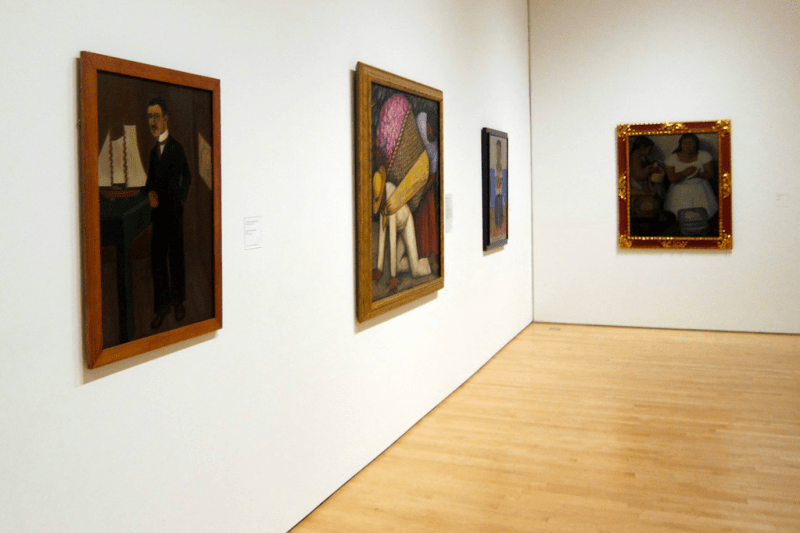When it comes to the art world, everything can (and should) be questioned, but not everything can be answered. That being said, Christina makes it her goal to undertake your visual art questions and give her take on the complexity, confusion and excitement of the art world. Please send your questions to arts ‘at’ stanforddaily.com – she’d love to seek answers with you!
This August, The New York Times published an article declaring the crumbling of San Francisco’s once-vibrant arts scene. The article pointed to the closures of the blue-chip Gagosian and Pace galleries in the San Francisco SOMA neighborhood and downtown Palo Alto respectively as bleak signs of an art market unable to capture the interests of Silicon Valley millionaires, who were once thought to be a new class of art collectors.
This perceived rollback of the visual arts in the region could be due to the pandemic, sky-high rent in the area or simply the art market’s failure to create a reliable collecting clientele out of tech executives. However, the corroding commercial viability of visual art pieces and venues does not equate to the shriveling of the Bay Area arts community. Focusing on the fact that prominent galleries are leaving the Bay Area overshadows the efforts of non-profit organizations and individual artists that continue to work towards making the arts more accessible, relevant and community-centered.
The Bay Area has a rich history of social activism, countercultural movements and diverse racial and ethnic groups shaping its art scene. Some of this activity might feel invisible in the tech bubble of the Palo Alto area, but there is no lack of artists at the forefront of national visual arts in the Bay. Here are my three favorite artists local to the area.
1. Michael Jang (1951- )
Michael Jang is a Chinese-American photographer known for documenting the pulse of 1970s Los Angeles and San Francisco — from the uninhibited warmth of domestic suburbia to the restless edge of the SF punk rock scene. His series “The Jangs” (1973) captures everyday moments in his household, transforming his family members into a cast of idiosyncratic characters. A selection of his photos are currently on view at Stanford’s Cantor Arts Center in an exhibition organized by the Asian American Art Initiative.
Among the black-and-white series are pictures of Chinese aunties serving themselves food in a kitchen; Jang’s cousin Chris blowing into an elongated Dr. Pepper Bottle as Chris’ dad peeks out from behind and four Jangs performing their individual nightly tasks while the unamused family dog looks on. Jang elevates these humble domestic moments, creating pictures that invite viewers to relate them to their own experiences, while also representing the cultural specificity of a Chinese American household. There is a humor that bubbles to the surface of Jang’s photos, an intimate quirkiness that is everything but manufactured.
2. Joan Brown (1938–1990)
Painting with intensity, Joan Brown was a leading figure in the “second generation” of the Bay Area Figurative Movement: a movement during the 50s and 60s that saw artists embracing figuration despite the then-dominant trend towards abstract art. Earlier in her career, Brown painted in a highly gestural and impastoed manner, layering on thick and dissonant colors to create psychologically charged scenes. Further into the 70s, she adopted a flatter style that included patterned grounds and increased references to Egyptian art. All of her paintings are palpably personal; in fact, Brown painted many self-portraits and autobiographical subjects in her lifetime.
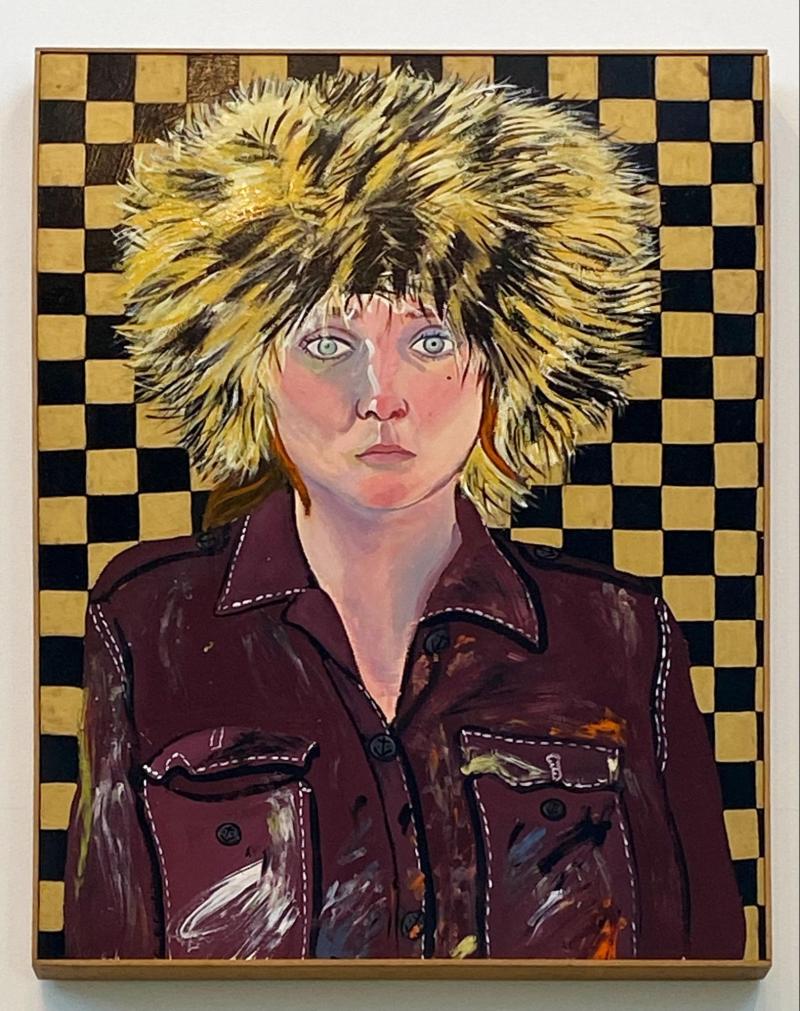
One such painting that I love, exhibited in the de Young museum in San Francisco, depicts her son Noel with the family pet, Bob the dog. Noel’s enlarged eyes glare into the distant nowhere as he points with cartoonish limbs to Bob, as they swirl in an ambiguous background of dark blues and deep reds. There is a disquieting energy that amplifies as one spends more time with this painting, producing a haunting deja vu.
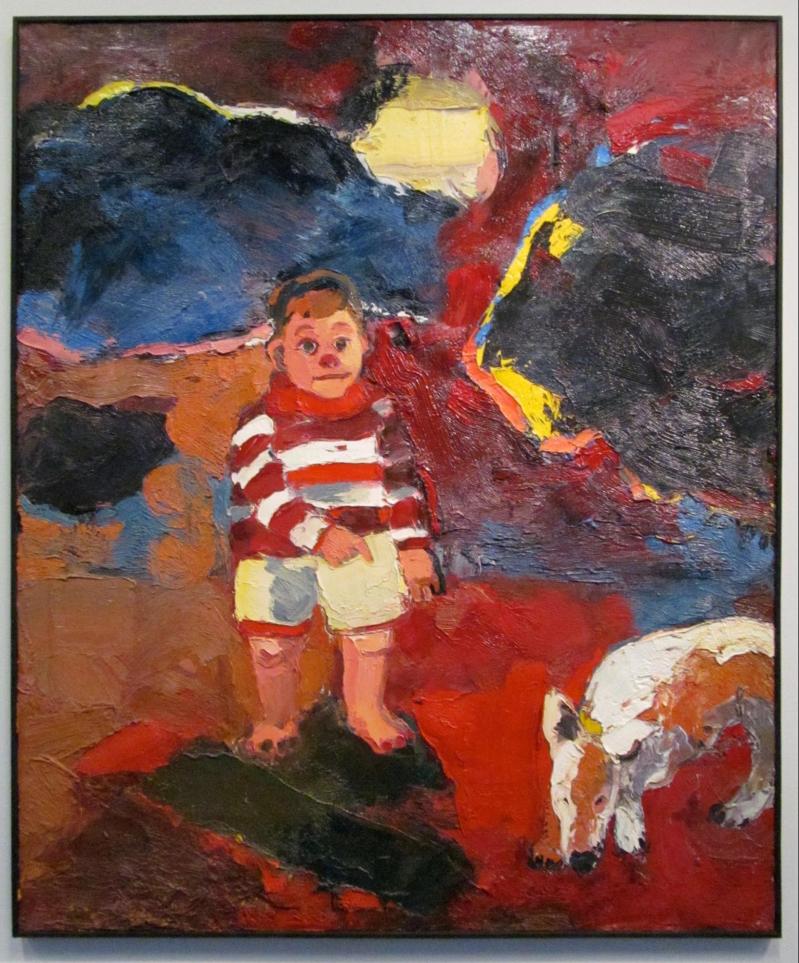
3. Robert Colescott (1925-2009)
Born in Oakland, painter Robert Colescott studied painting and drawing at UC Berkeley and later spent time in Paris under the wing of French artist Fernand Léger. Colescott’s vibrant colors and crude brushstrokes announce an explosive presence. His large-scaled paintings are as humorous and bawdy as they are profound and radical.
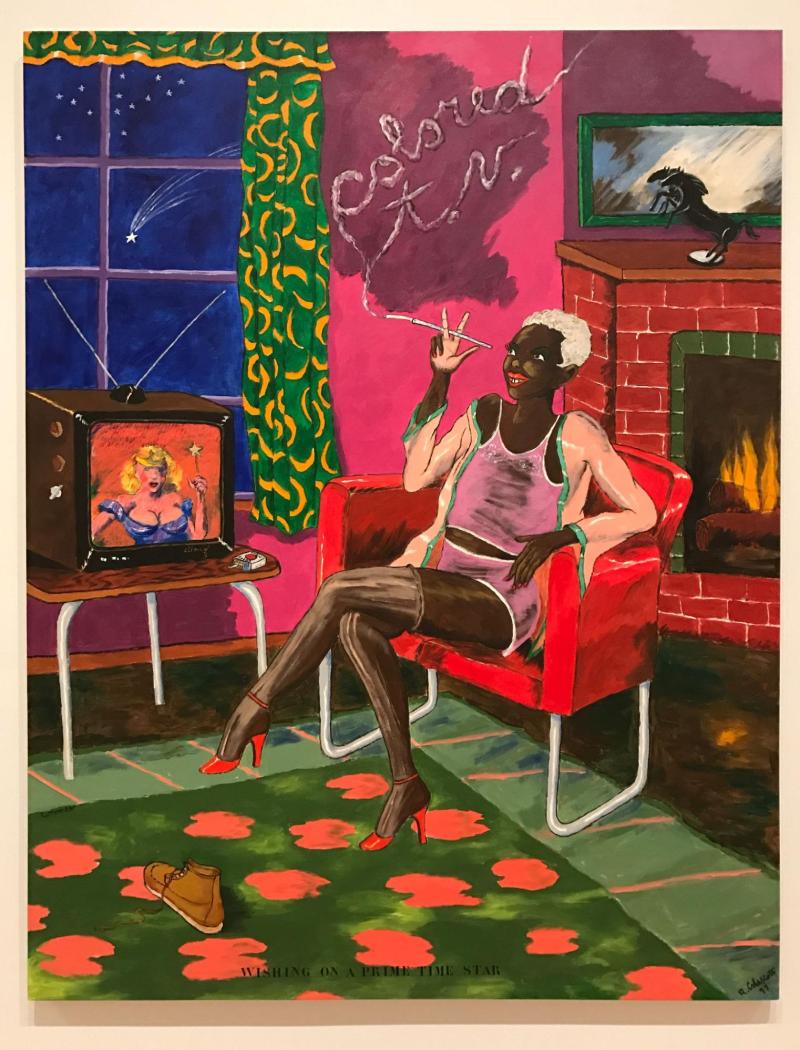
I was lucky enough to see Colescott’s paintings at the New Museum in New York City this summer. Reproduced images of his paintings present the dynamism of Colescott’s work, but they cannot compare to the astounding experience of being confronted with his brilliant, large-scale images in person.
A famous series of works of his reappropriates paintings from the art historical canons: in his rendition of Emanuel Leutze’s “Washington Crossing the Delaware” (1851), Washington’s original boat of white riflemen and boatmen are displaced by racial caricatures. Colescott’s painting includes a minstrel performer with a banjo, a fisherman chugging moonshine and a mammy figure performing fellatio on a pleased flagbearer. Colescott, unafraid of the transgressive, also employs pin-up imagery, advertising conventions and pop cultural references to confront us with questions about intersections between gender, race, and sex, notions of black beauty and the myth of childhood innocence.
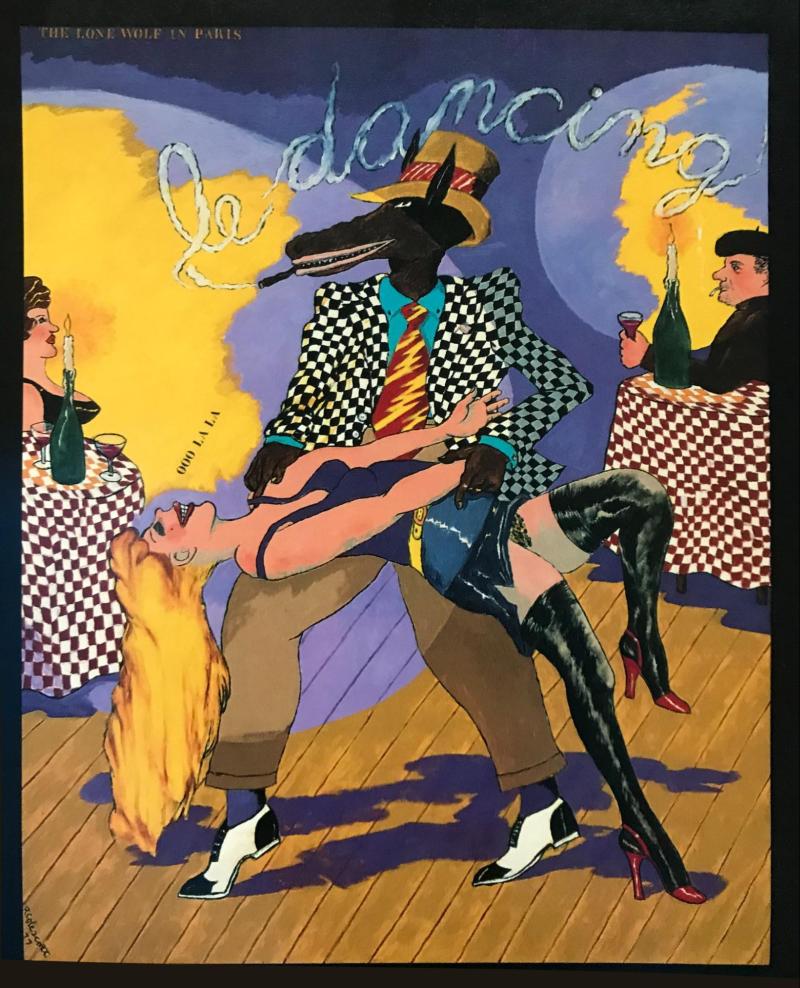
Editor’s Note: This article is a review and includes subjective thoughts, opinions and critiques.
